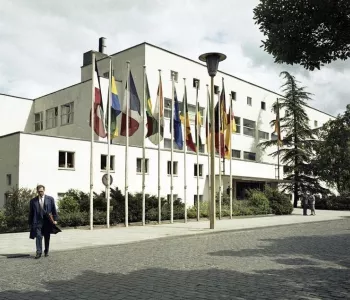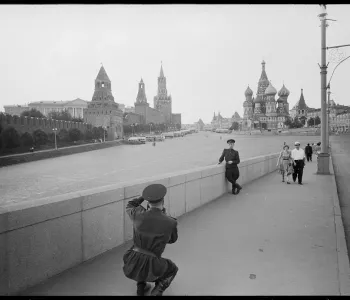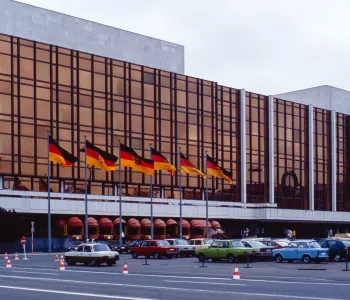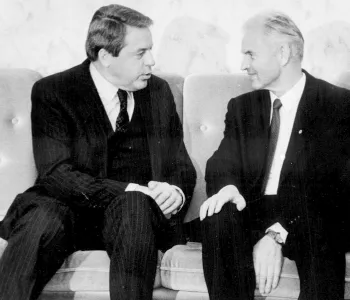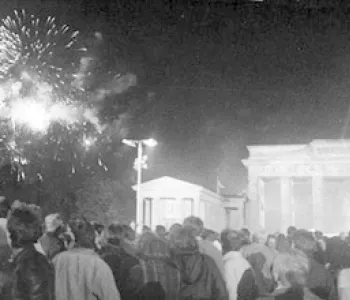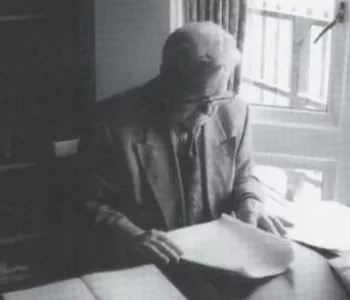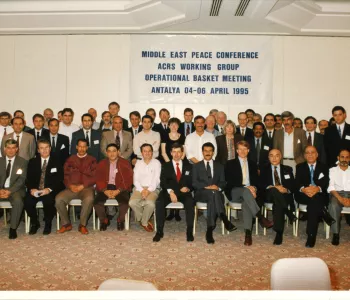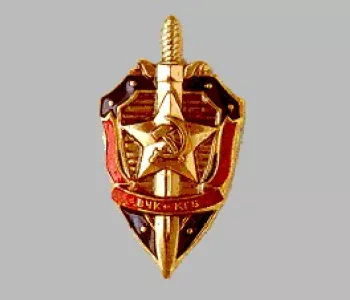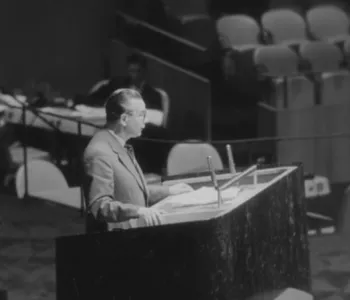This entry contains brief descriptions of a variety of KGB operations carried out between the early 1960’s and late 1970’s, and provides a sampling of the kinds of operations that were common in that era. Operation “Grom” [“Thunder”] involved fabricating a US State Department memo on Soviet citizens’ inclination towards treason. The memo discussed ways in which the US could exploit this tendency to its advantage. It was published on the front page of the British newspaper “Daily Express.” A pamphlet created by the KGB and attributed to the terrorist organization ‘BAS’ (South Tyrolean Liberation Committee) was introduced as evidence in the trial of BAS leader Norbert Burger in Austria. In July 1976 the KGB residency in Singapore spied on Chess Grandmaster Boris Spassky during his visit to Singapore, and noted in its report that he spent much of his free time on the tennis court. The KGB created and disseminated a letter, ostensibly from nationalist Ukrainian emigrants, protesting the French government’s cooperation with Zionists, and threatening reprisals against French Zionists. The KGB residency in Austria organized operation “Bonga” [“Bigwig”] in which forged letters from Chairman Mao were produced. These letters indicated that Mao himself had essentially organized the opposition to Hua Guofeng’s reforms, and that Hua might lead China to a revisionist course. In March 1977, the newspaper of the Austrian Communist Party printed a translation of a secret Chilean document in which the Chilean secret police asked Gen. Augusto Pinochet for additional funds to carry out undercover operations abroad. Pinochet’s reply contained a harsh rebuke for the request, and a strong admonishment against engaging in clandestine operations abroad. Mitrokhin did not mention where the document came from, nor did he state whether it was authentic or a forgery.


